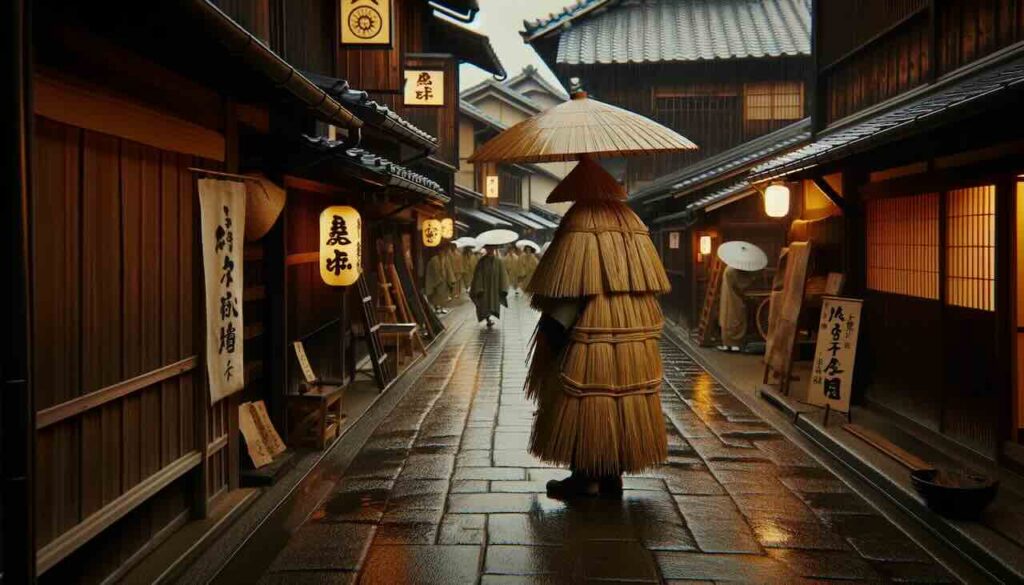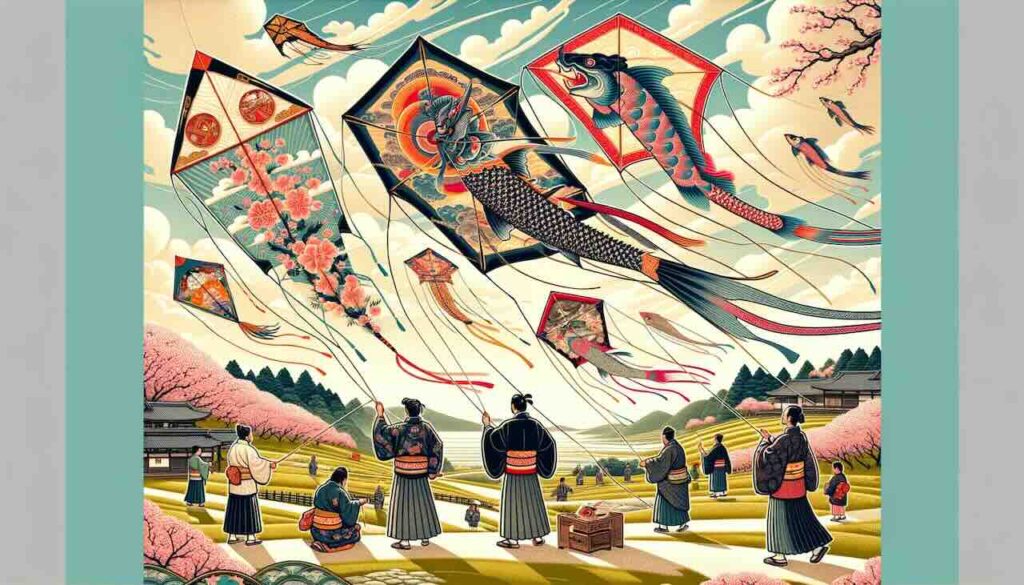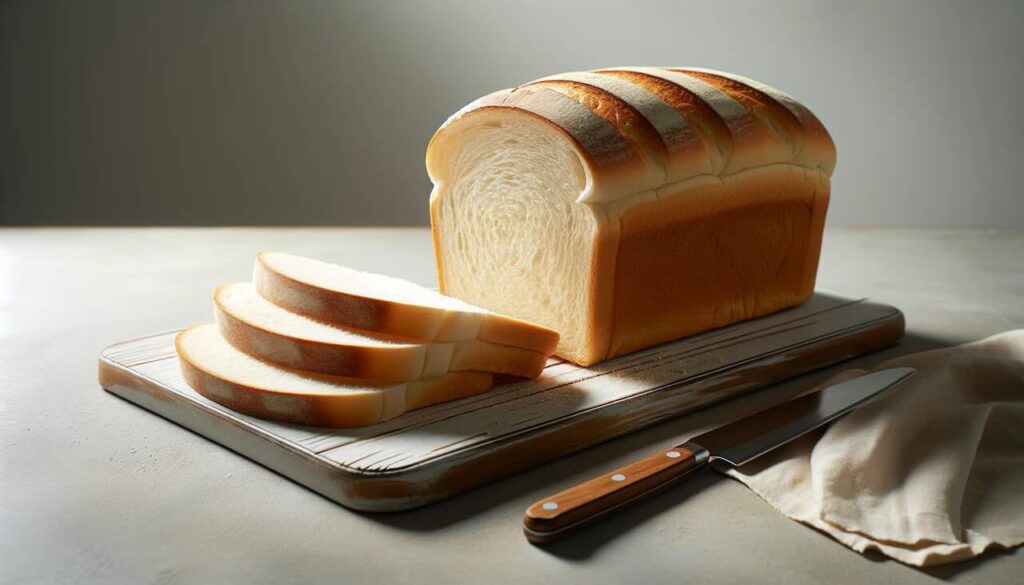In modern Japan, you’ll often hear the word “kappa” (カッパ) used to describe raincoats — whether it’s a child’s colorful school raincoat or a waterproof jacket worn by construction workers. But this may puzzle foreign visitors: after all, isn’t “kappa” also the name of Japan’s famous water-dwelling yokai creature?
While both share the same pronunciation, the “kappa” of rainwear has a very different—and surprisingly rich—history that stretches back over a thousand years.
The Origins of “Kappa”: Layers Like Feathers
One of the most widely accepted theories traces the etymology of rainwear “kappa” to earlier Japanese words:
- The term likely evolved from “awase-ha” (合わせ羽), meaning “combined feathers.”
- In early Japan, rain protection garments were made by layering sheets of fabric, paper, or straw in overlapping patterns — visually similar to the way bird feathers repel water.
- Over time, “awase-ha” was gradually shortened and transformed into “kappa” in spoken Japanese.
This linguistic shift reflects both practical observation and Japan’s poetic approach to naming everyday objects.
Kappa in Ancient Japan: Rainwear for the Aristocracy
The term kappa can be traced as far back as the Heian period (794–1185):
- Aristocrats wore rain protection known as “eboshi-gappa” (烏帽子合羽) — a combination of an eboshi (formal black hat) and a water-resistant cape.
- These early garments were often made from lacquered cloth, oiled paper, or natural fibers such as hemp, all designed to shed rainwater while traveling or performing official duties outdoors.
In this era, the kappa was more cloak-like than the tailored raincoats we see today.
Edo Period: Kappa Becomes Commoner’s Rain Gear
During the Edo period (1603–1868), rainwear technology spread beyond the aristocracy to ordinary farmers, merchants, and travelers:
- Commoners fashioned simple kappa from straw, oiled paper, or hemp cloth coated with natural lacquer.
- While far less sophisticated than today’s waterproof materials, these early kappa provided much-needed protection from Japan’s frequent rainfall.
- The word “kappa” became deeply embedded in everyday language as a generic term for rain gear.
Interestingly, Japan was already facing some of the same challenges of portability, breathability, and waterproofing that modern rainwear designers still wrestle with today.
Kappa vs. The Yokai Kappa: Same Sound, Different Origins
It’s important to note that the “kappa” of rainwear and the mythical kappa yokai (a mischievous water-dwelling creature) are unrelated in origin:
- The yokai “kappa” (河童) literally means “river child.”
- The raincoat “kappa” (合羽) stems from entirely different Chinese characters and etymological roots.
- The homonym is purely coincidental but adds to the word’s unique place in Japanese culture.
Kappa in Modern Japan: Fading But Still Familiar
Today, the word kappa remains in common use, though younger generations increasingly favor loanwords such as:
- “rein kōto” (レインコート) — raincoat.
- “rein wea” (レインウェア) — rainwear.
- English brand names and Western fashion terms are steadily replacing traditional Japanese terminology in daily conversation.
However, “kappa” remains widely used in specific contexts, such as:
- Children’s raincoats for school.
- Construction site rainwear.
- Regional dialects and older generations.
In many ways, kappa has become one of those “endangered everyday words” that quietly preserve traces of Japan’s linguistic and cultural heritage.
The Timeless Symbolism of Kappa
Even as its usage declines, the word kappa evokes:
- Japan’s deep respect for nature, with rainwear inspired by the water-shedding design of bird feathers.
- Centuries of adaptation, as Japanese society continually improved waterproof clothing with the materials available.
- Linguistic creativity, reflecting the Japanese tradition of crafting poetic, descriptive names for everyday items.
On rainy days, wearing a kappa is more than practical — it’s a small, living connection to Japan’s historical ingenuity and cultural sensitivity to the elements.
Summary
The word “kappa” for rainwear is a linguistic relic of Japan’s long battle against its famously wet climate. From Heian aristocrats to Edo farmers, and from lacquered paper capes to modern waterproof fabrics, kappa reflects both Japan’s resourcefulness and its poetic way of naming the world.
So next time you slip on a raincoat in Japan — or even hear the word “kappa” — take a moment to appreciate this subtle thread connecting you to over 1,000 years of Japanese cultural history.


